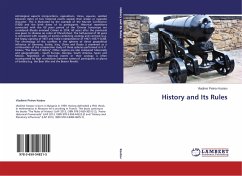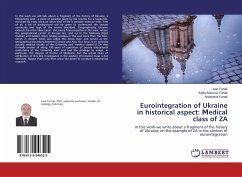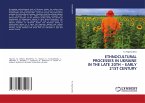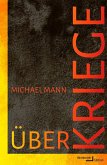Astrological aspects (conjunctions, oppositions, trines, squares, sextiles) between dates of two historical events explain their similar or opposite character. This is illustrated by the example of the Munich Conference (1938) and the birth dates of its participants. Historical repetitions connected with the 60 years period of the Chinese horoscope are considered (Russia annexed Crimea in 2014, 60 years after the peninsula was given to Ukraine on order of Khrushchev). The half-period of 30 years is connected with couples of events combining analogy and contrast (e.g. the Sepoy uprising of 1857 and India's independence of 1947=1857+3x30). The chronology of the conflicts in the spheres of direct geopolitical influence of Germany, Serbia, Iraq, China and Russia is examined as a continuation of the comparative study of these spheres performed in V. P. Kostov, "The Rules of History". Other regions are also compared historically and geographically - South Europe, Georgia, South America, Spain and Mexico. Repetition of historical events or their analogy is often accompanied by high correlations between names of participants or places of battles (e.g. the Boer War and the Boxers' Revolt).
Bitte wählen Sie Ihr Anliegen aus.
Rechnungen
Retourenschein anfordern
Bestellstatus
Storno








